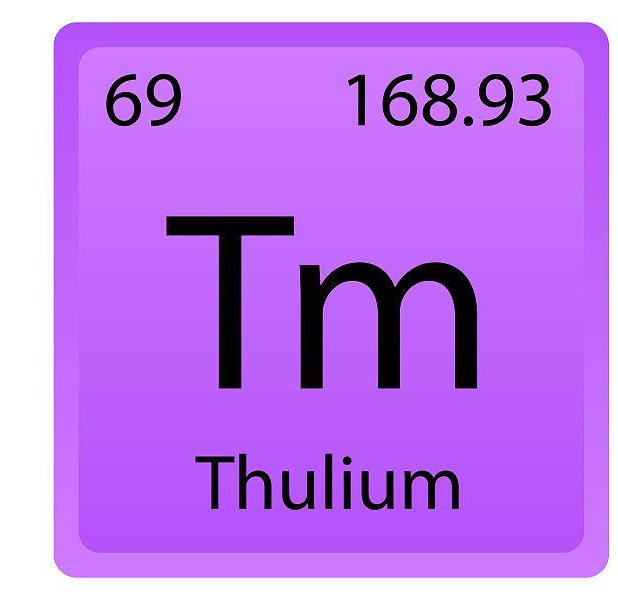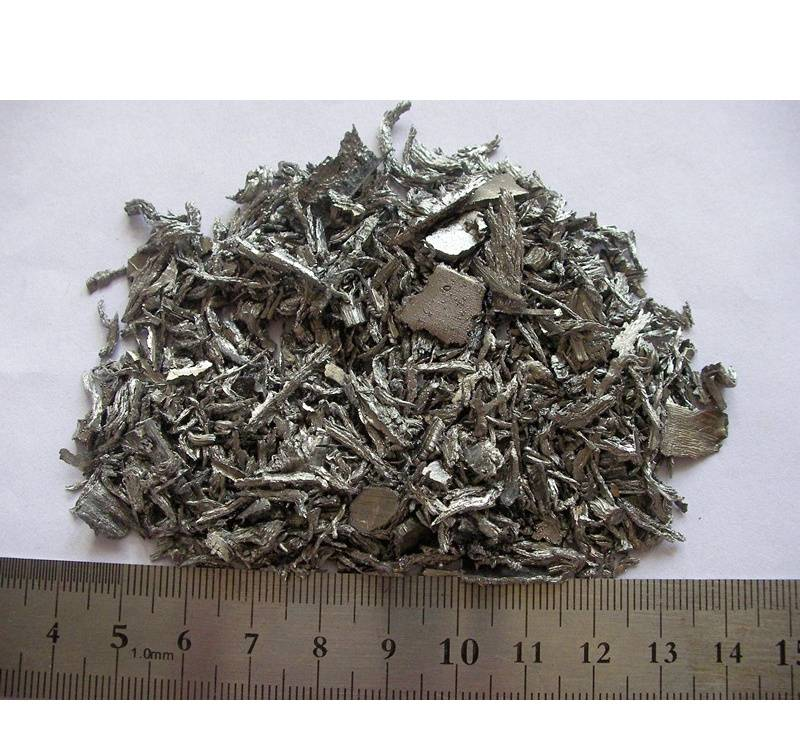Comprehensive Overview of Thulium: Key Properties, Applications
Thulium anchors the lanthanide series as rare earth element number 69, third from the end. With the symbol Tm, it exhibits versatile oxidation states, especially +3 like its lanthanide relatives. The +3 form dominates thulium’s oxides, halides, and complexes. Unusually, the +2 state also persists stably in the right compounds. Thulium’s mix of expected lanthanide traits like the prominent +3 oxidation and atypical +2 propensity uniquely equip it for niche applications. For instance, thulium lends efficiency to surgical lasers when doped into yttrium aluminum garnets as Tm3+. Its distinctive combination of typical and unusual properties shape thulium’s emerging high-tech roles.
Additionally, soluble thulium coordinates nine water molecules in complexes. Despite its rarity and negligible biological role, thulium enables key technologies. For instance, thulium additives refine neodymium iron boron alloys and giant magnetostrictive materials. Thulium also aids magneto-optical storage and specialized alloy casting. Though obscure, thulium’s unique mix of properties elevate it as a versatile high-tech component across industries.
The Discovery of The Rare Metal Thulium
The rare earth element thulium hides scarce and pricey within ores like yttrium silicate and phosphate. In 1879, Swedish chemist Per Teodor Cleve uncovered two new oxides, dubbing them holmia and thulia, from the rare earth mixture erbia. The newly exposed oxides belonged to holmium and thulium. Cleve isolated thulium using impurity identification techniques pioneered by his predecessor Carl Gustaf Mosander, who discovered yttrium and terbium this way. Later in 1911 at New Hampshire College, British scientist Charles James obtained relatively pure thulium metal through meticulous bromate fractional crystallization. But not until ion exchange technology matured in the 1950s could high purity thulium oxide be produced commercially. Costly and elusive, thulium lurked in the shadows of obscurity for decades after its initial discovery. Through incremental advancements in separation processes, scientists progressively unveiled thulium’s immense potential, elevating the overlooked element as a valued component supporting key technologies today.
Isotopes of Rare-Earth Element Thulium

Thulium exhibits 35 isotopes from 145Tm to 179Tm, plus 26 detectable nuclear isomers. The sole stable form occurring naturally is 169Tm, which likely decays to 165Ho alpha particles over an extremely long half-life. 169Tm undergoes electron capture before beta emission. Beyond stable 169Tm, the longest-lived radioactive isotopes are 171Tm at 1.92 year half-life and 170Tm at 128.6 days. Most other thulium radioisotopes perish rapidly within minutes. Though thulium’s one stable isotope dominates in nature, itsRoster of radioactive isotopes and isomers confer versatile practical applications. For instance, the portable x-ray devices utilize 170Tm’s decay mode. Thulium’s mix of stable longevity and short-lived radioisotopes shape its niche technological roles.
Properties
l Silvery gray metal that is malleable and ductile. Slowly tarnishes in air.
l Atomic number 69, located between erbium and ytterbium on the periodic table.
l Atomic weight of 168.9342. Melting point of 1545°C and boiling point of 1950°C.
l Most common oxidation state is +3, but +2 state is also stable. Forms various halides, oxides and other compounds.
l Paramagnetic at room temperature but orders magnetically below 56 K. Not used much in magnets.
l Has a narrow absorption spectrum in visible light, so used as an infrared laser output coupler.
l Oxide compounds provide blue color in ceramic glazes. Other thulium compounds fluoresce green.
l Radioactive isotope 170Tm emits x-rays used in portable imaging devices. Has many short-lived isotopes.
l Rare in the Earth's crust at 0.5 mg/kg. Found with other rare earths in minerals.
l No known biological role, low toxicity. Expensive to isolate pure due to rarity.
Thulium's unique properties like its light absorption, magnetism, and radioisotopes make this scarce lanthanide element useful for specialized optical, electronic, and medical applications.

Applicitionsof Rare-Earth Element Thulium
Thulium has fewer commercial applications compared to other rare earth. This is major because of its rarity and high cost.
l Portable X-ray Devices - 170Tm radioisotope provides radiation source for imaging.
l Thin Film Deposition - Thulium sputtering targets and evaporation materials enable processes like CVD and PVD.
l High Temperature Superconductors - Thulium acts as component like yttrium.
l Active Laser Media - When triply doped with holmium and chromium in yttrium aluminum garnets, thulium lasing is efficient.
l Anti-Counterfeiting - Thulium compounds in euro banknotes fluoresce blue under ultraviolet light.
l Electronic Materials - Potential use of thulium in microwave ferrites and ceramic magnets.
Though scarce, thulium’s unique optical, electrical, and radioactive properties confer niche applications ranging from medical technology to security to telecommunications. Its specialized capabilities drive emerging high-tech uses.
Conclusion
Thulium is a rare-earth metal belonging to the lanthanide series, with a silvery-gray coloration and found in the earth’s crust. It has an atomic number of 69 and is denoted by the symbol, Tm.
